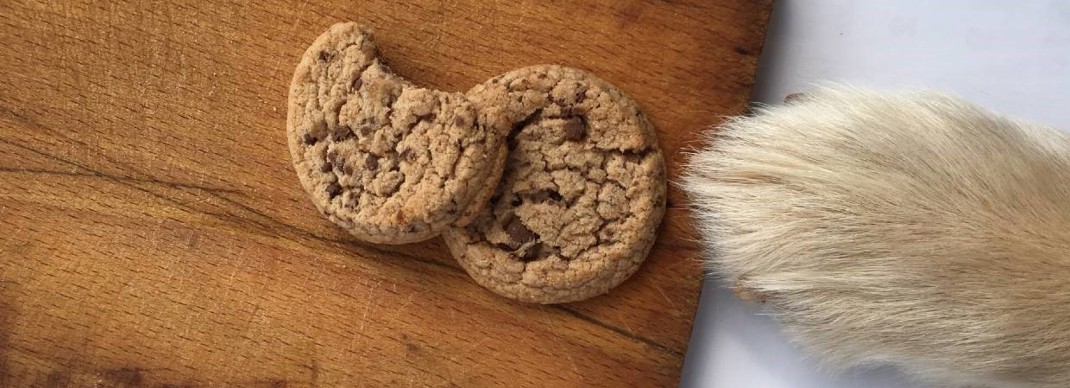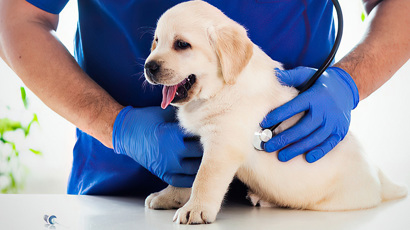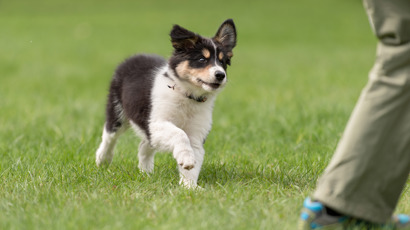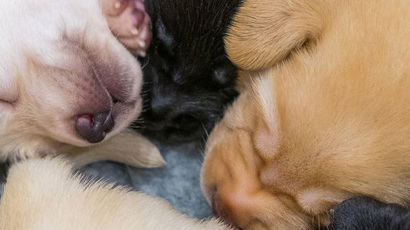Toxic items in the home

Our dogs are adventurous and curious beings. Whether they're spending time indoors or outdoors, sniffing and chewing around the home can lead to pets ingesting common household items that can be toxic to them. These can include human food, baits, medications and even certain flowers or garbage.
Most people are aware that chocolate is toxic to dogs. It causes increased heart rate, hyperactivity and vomiting at low doses and can progress to tremors, seizures or death.
Generally, the darker the chocolate, the higher the amount of the toxic component, theobromine.
However the exact amount of theobromine in each chocolate can be difficult to estimate. If your dog has ingested chocolate, online toxicity calculators (such as this) can be used as a guide to see if it was a harmful dose.
Onions are also a well known potential toxin for dogs.
The toxin in onions has a delayed effect, taking several days from ingestion of onions to development of signs of illness (weakness and pale gums). Dogs can progress from being fine on Monday (after a barbeque onion pig-out on Sunday afternoon) to a life threatening condition on Friday. Some lesser known toxic foods include macadamia nuts, which can cause vomiting, depression and incoordination, and grapes, which can but will not always cause kidney failure.
Some accidental toxins are ones that are designed to kill. Rat baits and snail baits are all toxic to dogs and cats, even those that claim to be ‘pet friendly’. Some baits, such as metaldehyde, show toxic effects instantly, causing vomiting, diarrhoea, tremors and seizures. Other baits, such as rat bait and iron EDTA snail baits, can take days to weeks to show the full, potentially fatal, effect.
Dogs, cats, humans, birds and other animals all metabolise different medications in different ways. A mild, gentle medication for humans could be fatal for your pet. Please remember to ensure all human medication is stored well away from your furry friends (and kids too!). It is also worthwhile remembering that many pet medications come in flavoured tablets for easy administration. Some dogs develop a taste for these tablets and will seek them out, consuming a whole prescription (including the plastic bottle) in a few quick mouthfuls. Keep your pet’s medication out of your pet’s reach!
A less well known, but increasingly seen toxicity in cats are lilies.
These beautiful flowers are commonly included in many flower arrangements. Severe, fatal kidney failure can occur in cats with ingestion of any part of the plant - leaves, petal, stem, even licking pollen off their coat. This can be a particularly difficult toxicity to avoid as lilies are often given as a gift and the effect on your cat can be forgotten by you or the gift giver.
In contrast to cats and the beautiful lily, dogs often end up at the emergency veterinary clinic after eating large amounts of garbage, compost or fertilisers. The mix of rotting food and microorganisms can make any number of toxins, causing vomiting and diarrhoea at low doses, progressing to tremors, seizures and death at higher doses.
There are many other toxins we have not discussed here.
There are several smartphone apps you can download that list toxins your pet may be exposed to. These can be especially handy for photos of potentially toxic plants that may be growing in your yard or street. Remember the safest thing to feed your pets is high quality pet food. If you think your pet may have had access to any toxin, please seek urgent veterinary advice.


